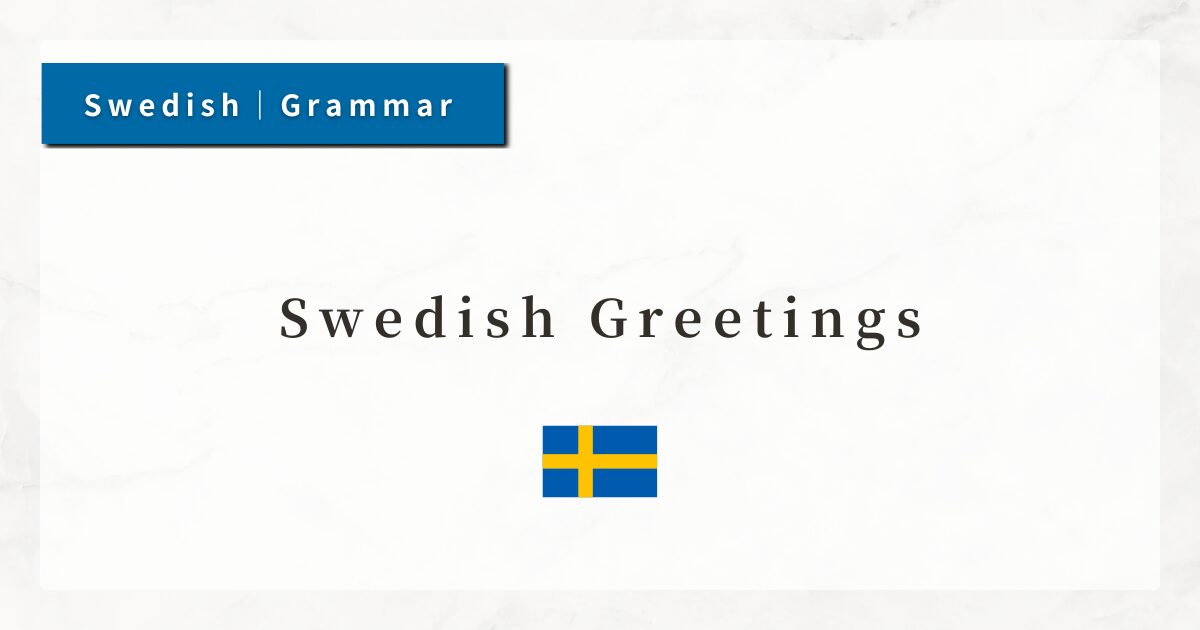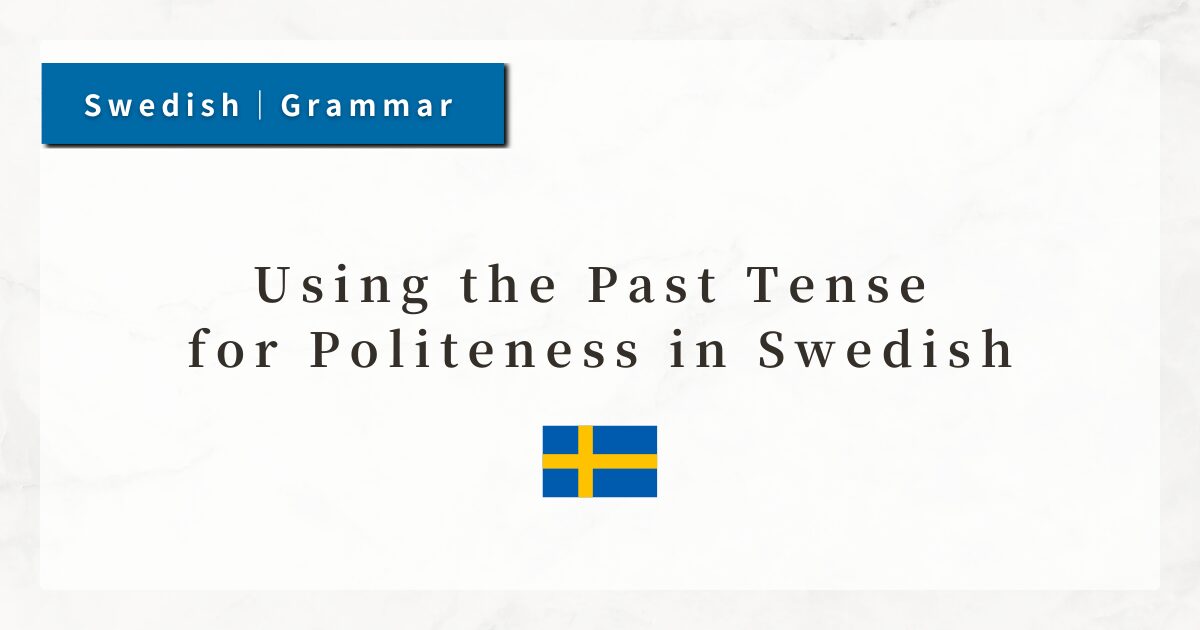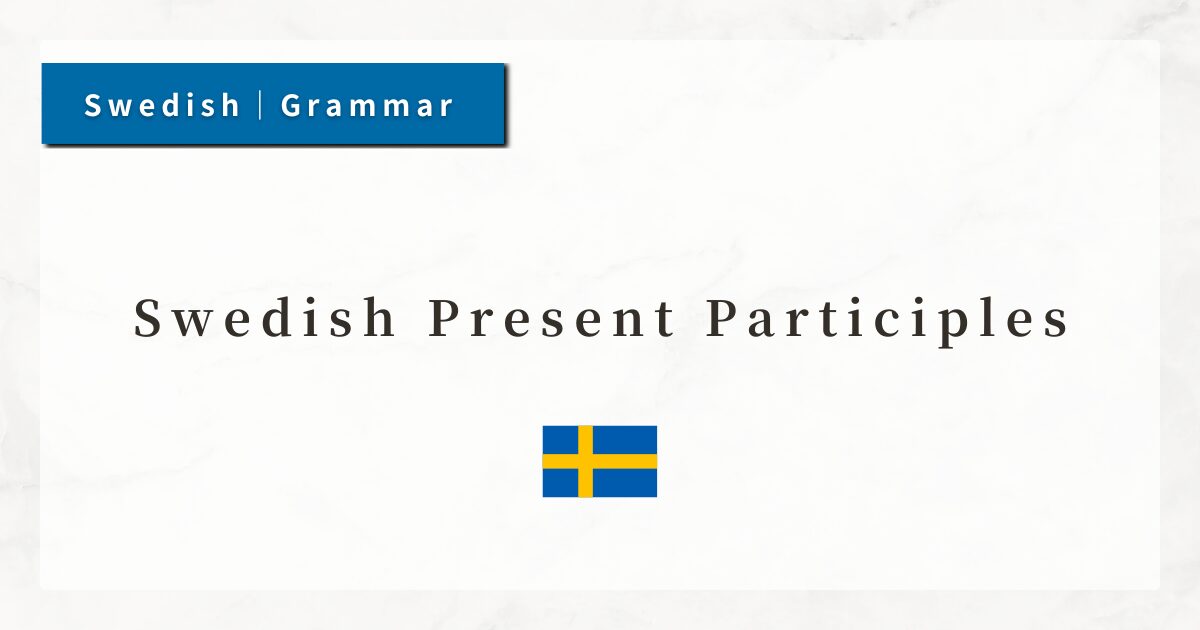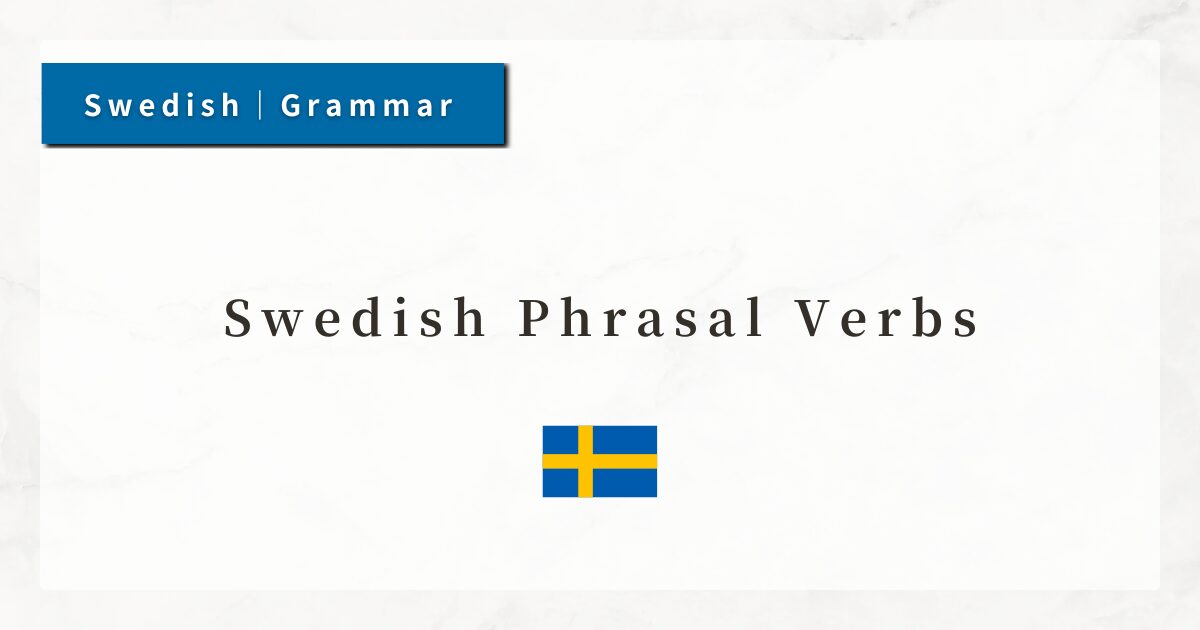#22 Swedish Weather Expressions|Essential Phrases and Examples
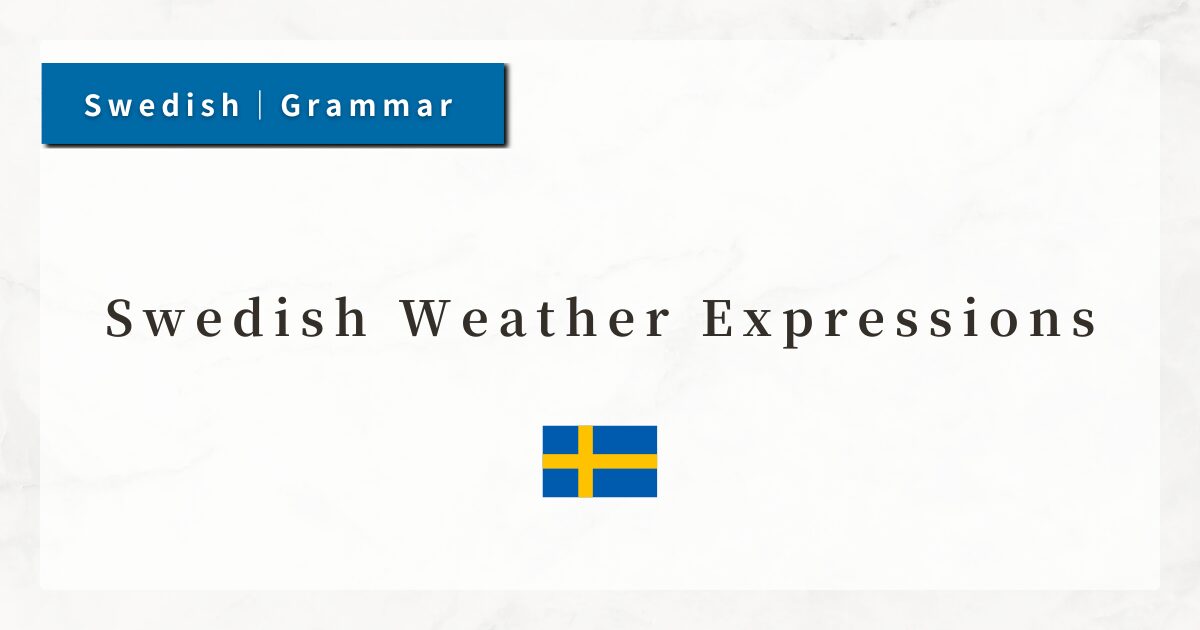
One of the most common topics in daily conversation is talking about the weather. In Swedish, weather-related expressions are frequently used as well.
What is particularly important is the distinction between two key structures: “Det är + adjective” and “Det + verb.”Once you learn the vocabulary and these patterns, you will be able to have simple conversations about the weather right away.
In this lesson, I will introduce basic Swedish weather expressions such as “It’s sunny today” or “It’s raining.”
1. Basic Structure ①: Det är + Adjective
In Swedish, it is common to describe the weather using a formal subject (det), which does not refer to any specific object.
This structure corresponds to English expressions like “It is cold.” It uses the construction “Det är + adjective.”
Here, det functions as a dummy subject that represents the general concept of “the weather.” Thus, when describing the weather as a state — such as “cold,” “warm,” “sunny,” or “windy” — this structure is used.
- Det är kallt. (It’s cold.)
- Det är varmt. (It’s warm/hot.)
- Det är soligt. (It’s sunny.)
- Det är molnigt. (It’s cloudy.)
- Det är blåsigt. (It’s windy.)
In these expressions, the weather adjective follows “Det är.” Note that adjectives are generally used in their neuter form (ending in -t).
2. Basic Structure ②: Det + Verb
Another key pattern is “Det + verb.” This is used to describe weather phenomena expressed through actions, such as “It’s raining” or “It’s snowing.”
Again, the subject is the dummy subject Det, similar to English “It rains” or “It’s snowing.”
Common verbs include:
- regnar (to rain)
→ Det regnar. (It’s raining.) - snöar (to snow)
→ Det snöar. (It’s snowing.) - blåser (to blow)
→ Det blåser. (It’s windy.) - åskar (to thunder)
→ Det åskar. (It’s thundering.) - duggar (to drizzle)
→ Det duggar. (It’s drizzling.)
These verbs are specialized for weather and are rarely used outside weather-related expressions. Think of them as fixed patterns for describing natural phenomena.
3. Practical Conversation Phrases and Tips
When asking or answering questions about the weather in Swedish, the following expressions are commonly used:
Asking about the weather:
- Hur är vädret?
(How’s the weather?) - Hur är vädret i Stockholm?
(How’s the weather in Stockholm?)
Typical responses:
- Det är soligt men kallt.
(It’s sunny but cold.) - Det är ganska varmt i dag.
(It’s quite warm today.) - Det regnar, men det blåser inte.
(It’s raining, but it’s not windy.) - Det snöar fortfarande.
(It’s still snowing.)
4. Nuances and Word Order Points
Although Swedish word order does not drastically change meaning, placing adverbs or time expressions at the beginning of a sentence shifts the emphasis.
- Det är kallt i dag.
(It’s cold today.)
→ Neutral word order. - I dag är det kallt.
(Today it’s cold.)
→ Emphasizes “today.”
When adding negation, be careful with the placement of inte (not):
- Det är inte soligt.
(It’s not sunny.) - Det regnar inte.
(It’s not raining.)
The adverb inte normally follows the verb directly. Incorrect placement can make the sentence sound unclear.
5. Summary
- Swedish weather expressions mainly use two patterns: “Det är + adjective” and “Det + verb.”
- Det functions as a dummy subject, equivalent to “it” in English.
- Learning the core vocabulary for sun, rain, wind, snow, and thunder makes daily conversation much easier.
- Useful set phrases such as “Hur är vädret?” (How’s the weather?) are worth memorizing.

